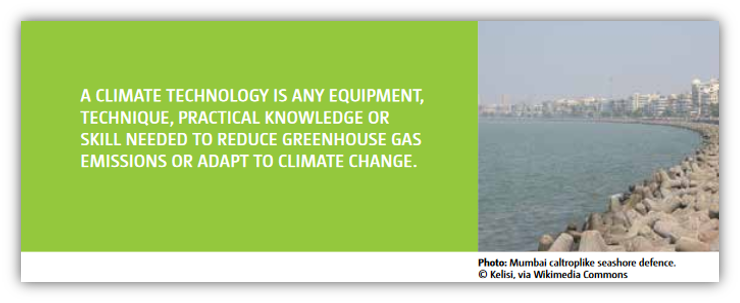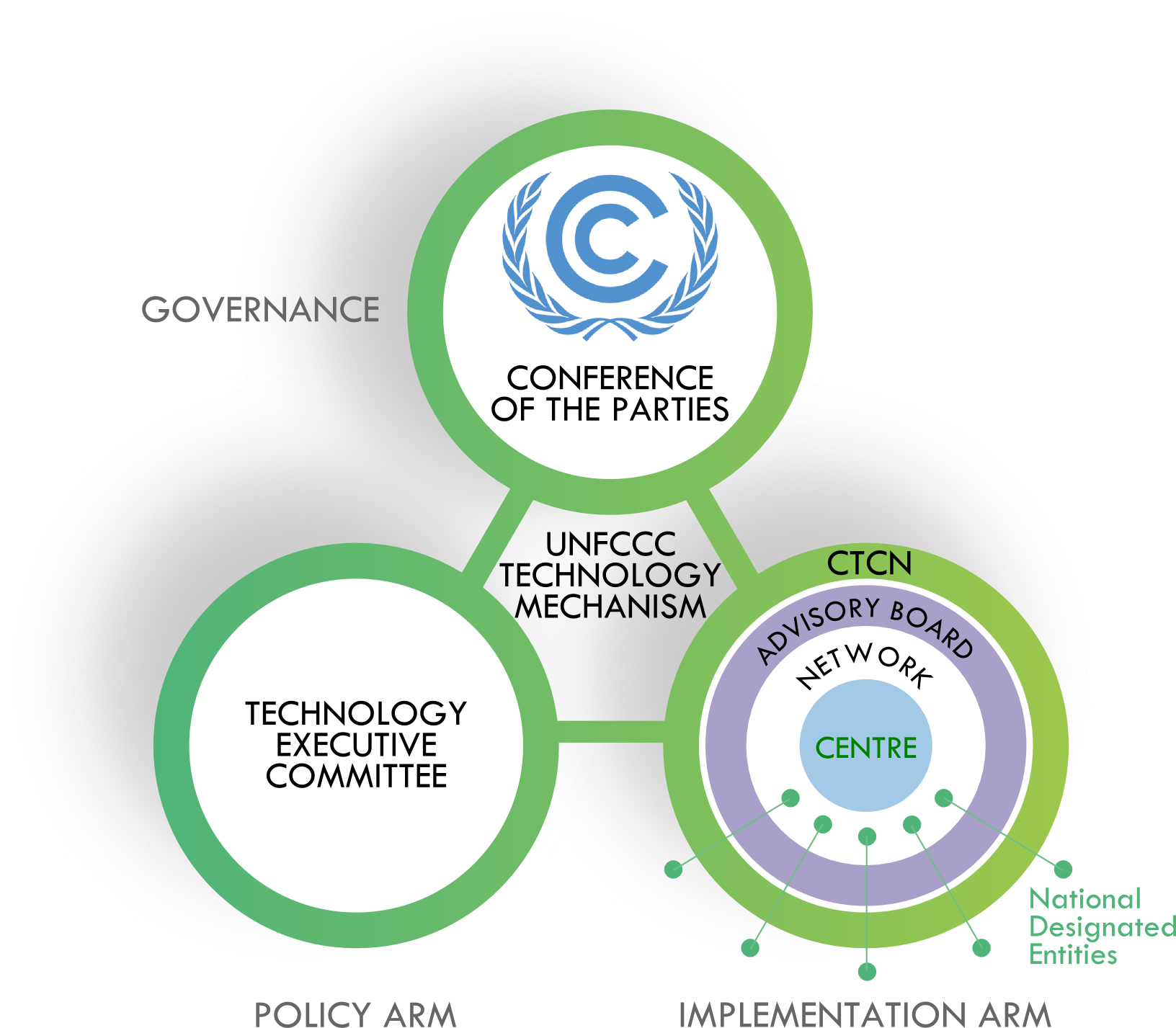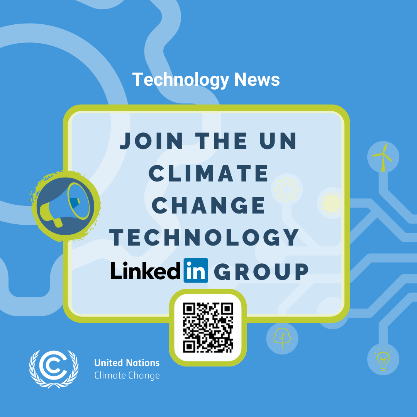About TT:CLEAR
Welcome to the United Nations climate technology website, TT:CLEAR. Established in 2001, the website has a long history in facilitating the development and transfer of climate technologies. Read below to find out how the website can help you!
TT:CLEAR is one of the oldest UN climate change websites, established in 2001.
Today, TT:CLEAR serves as the web platform for all things climate technology. It houses information on the Technology Mechanism, the Technology Executive Committee and Technology Needs Assessments. Visitors can also discover technology projects from around the world, ranging from an intelligent transport system in Bhutan and solar energy plants in Morocco, and find ways to support and connect with the people behind them.
In addition, they can follow climate change technology negotiations, browse through policy recommendations from the Technology Executive Committee, connect with climate solutions via the Climate Technnology Center and Network (CTCN) and participate in climate-related technology events.
An essential component of the Paris Agreement on climate action, climate technology is crucial for reducing greenhouse gas emissions and building resilience to the impacts of climate change.
Climate technologies can include “hard” technologies such renewable energy technologies (e.g. wind and solar power) and “soft” technologies, such as energy-efficient practices and training. Climate technology development and transfer to developing countries (hence the “TT” in “TT:CLEAR”) can perform a vital role in the process of information sharing and encouraging collaboration on climate technology projects. Follow the conversation at #climatetech.

To accelerate and scale-up the development and transfer of climate technologies, in 2010 countries established the United Nation's Technology Mechanism. The mechanism consists of two complementary bodies: the Technology Executive Committee and the Climate Technology Centre and Network. Learn more about the Technology Mechanism here.

Created in 2010, the Technology Executive Committee (TEC) is the policy arm of the Technology Mechanism. It focuses on identifying policies that can accelerate the development and transfer of low-emission and climate resilient technologies.
National designated entities serve as national focal points for the development and transfer of technologies. They also act as focal points for interacting with the Climate Technology Centre and Network. You can find your country entity here.
Technology needs assessments (TNAs) are long-standing and evolving processes under the UNFCCC, which follow a comprehensive, country-driven, participatory and action-oriented approach, and result in the identification and prioritization of technologies needed for climate change adaptation and mitigation in different sectors of developing countries. Learn more about TNAs and their outcomes here.
For the maps contained in this website, the designations employed and the presentation of material on this map do not imply the expression of any opinion whatsoever on the part of the Secretariat of the United Nations concerning the legal status of any country, territory, city or area or of its authorities, or concerning the delimitation of its frontiers or boundaries. Dotted line represents approximately the Line of Control in Jammu and Kashmir agreed upon by India and Pakistan. The final status of Jammu and Kashmir has not yet been agreed upon by the parties. Final boundary between the Republic of Sudan and the Republic of South Sudan has not yet been determined. Final status of the Abyei area is not yet determined. A dispute exists between the Governments of Argentina and the United Kingdom of Great Britain and Northern Ireland concerning sovereignty over the Falkland Islands (Malvinas).
EP/CM. 2016.
